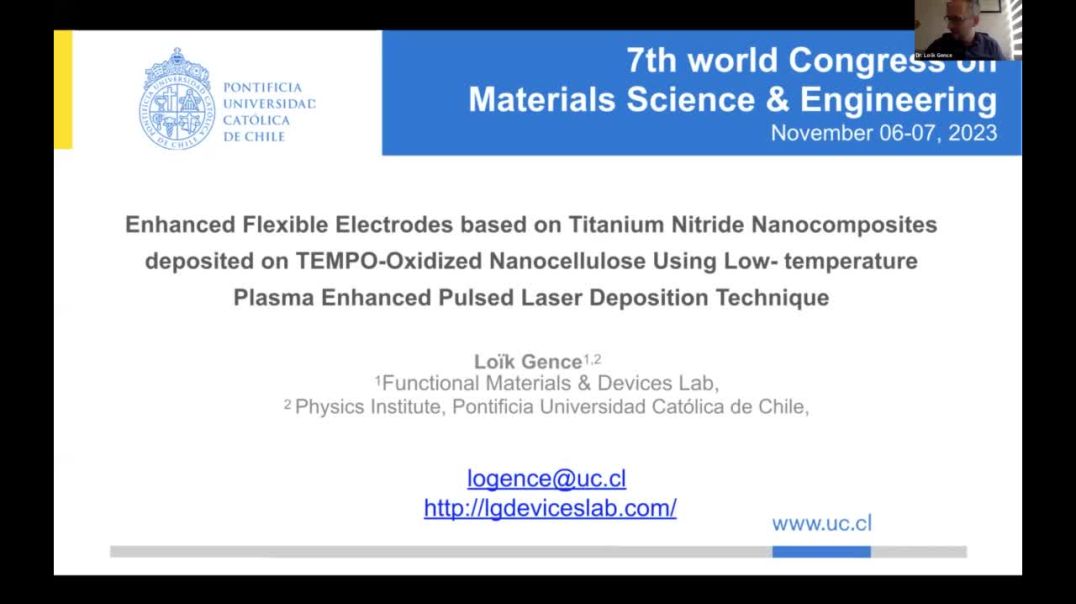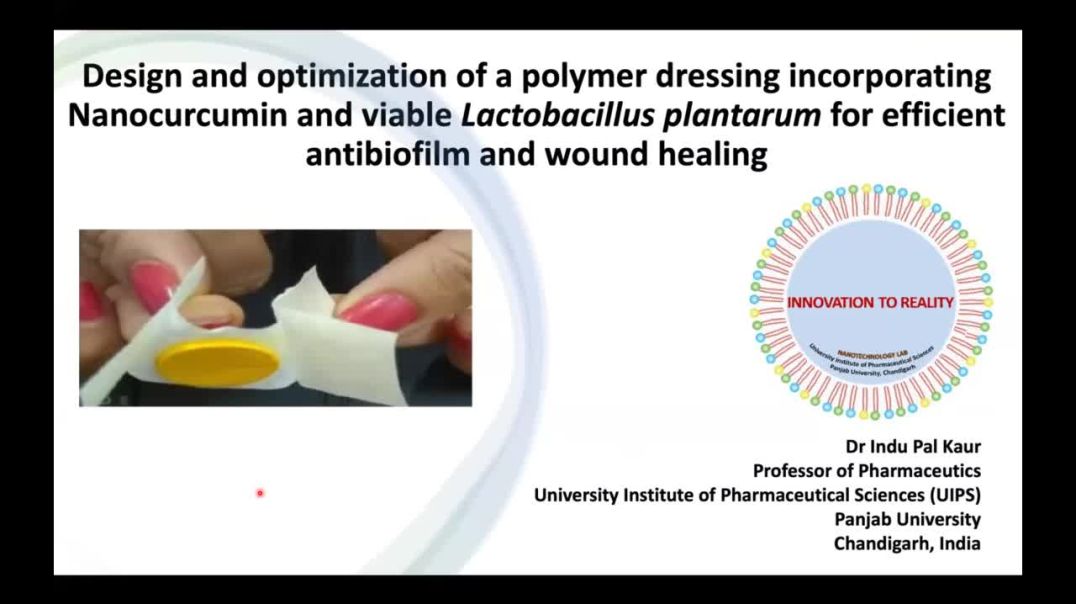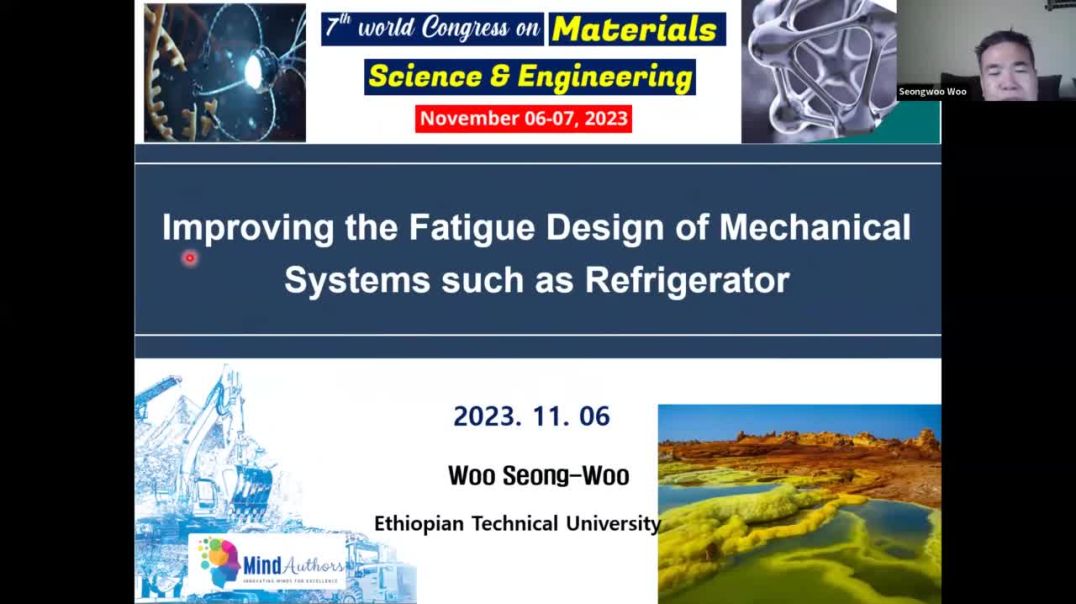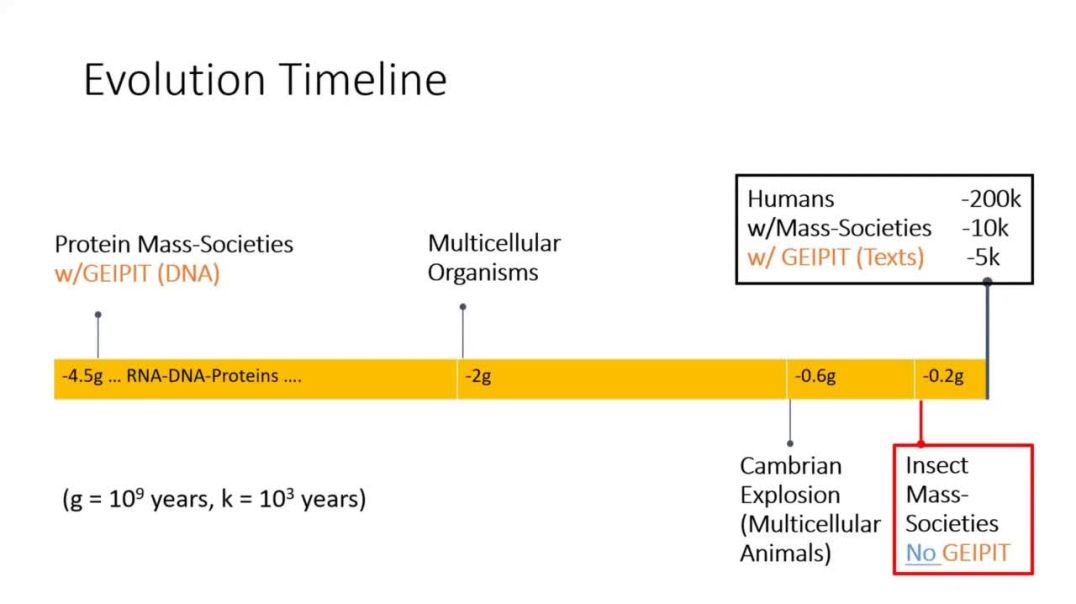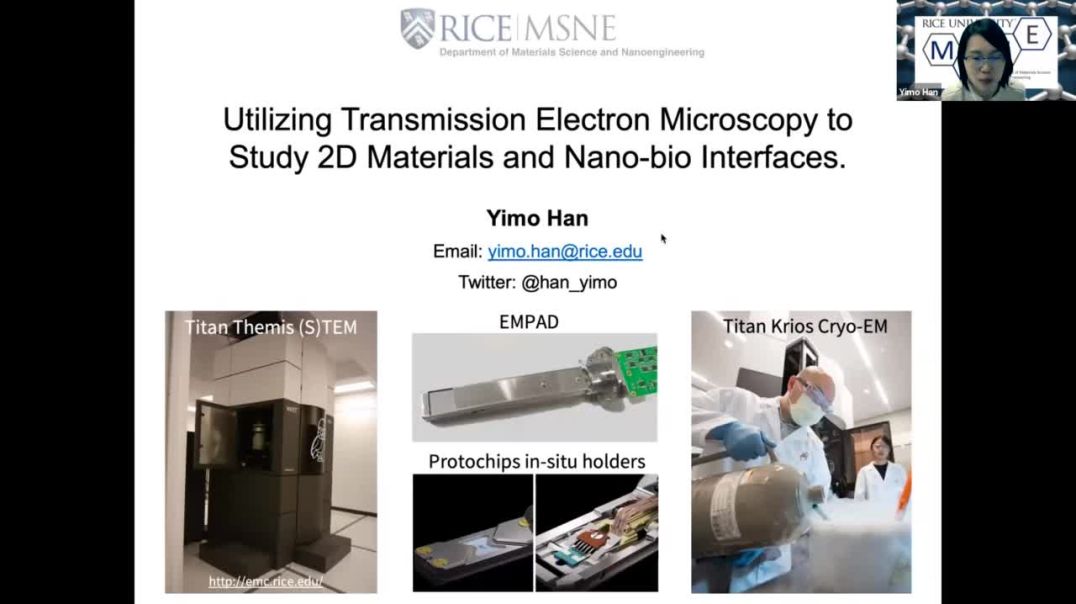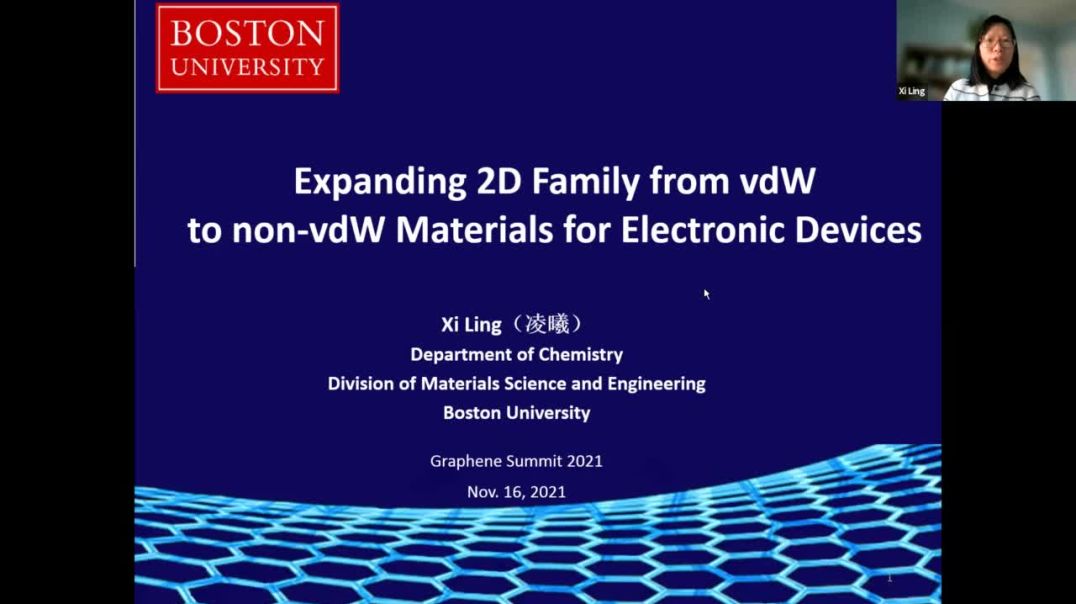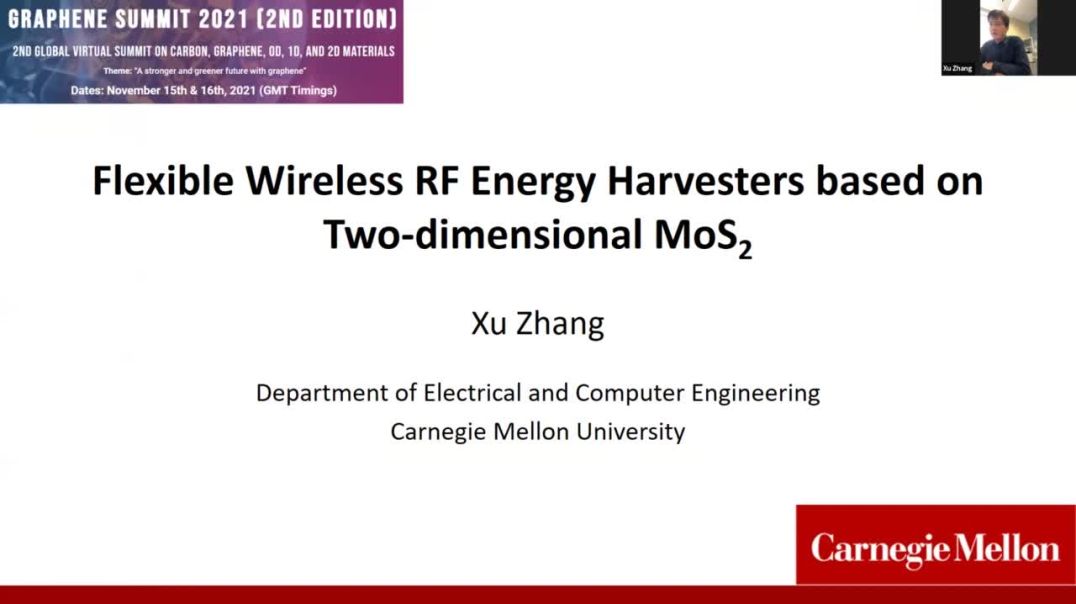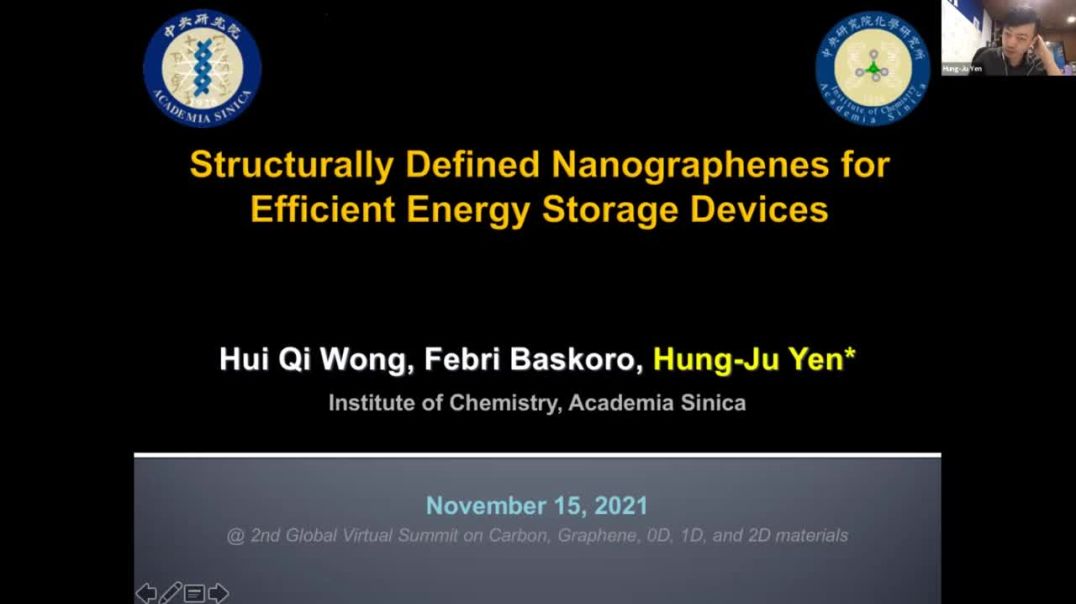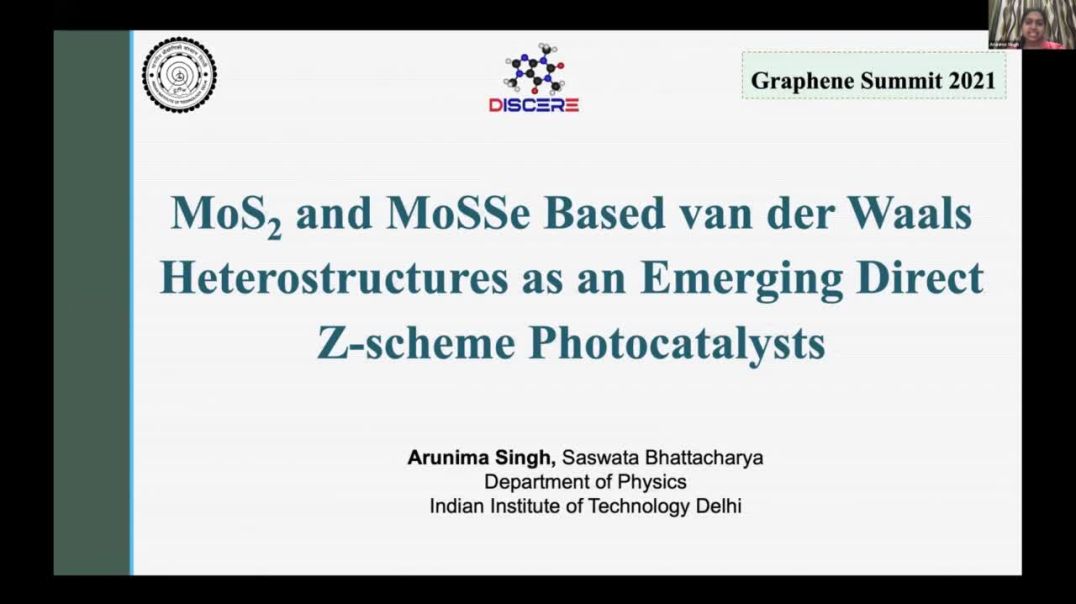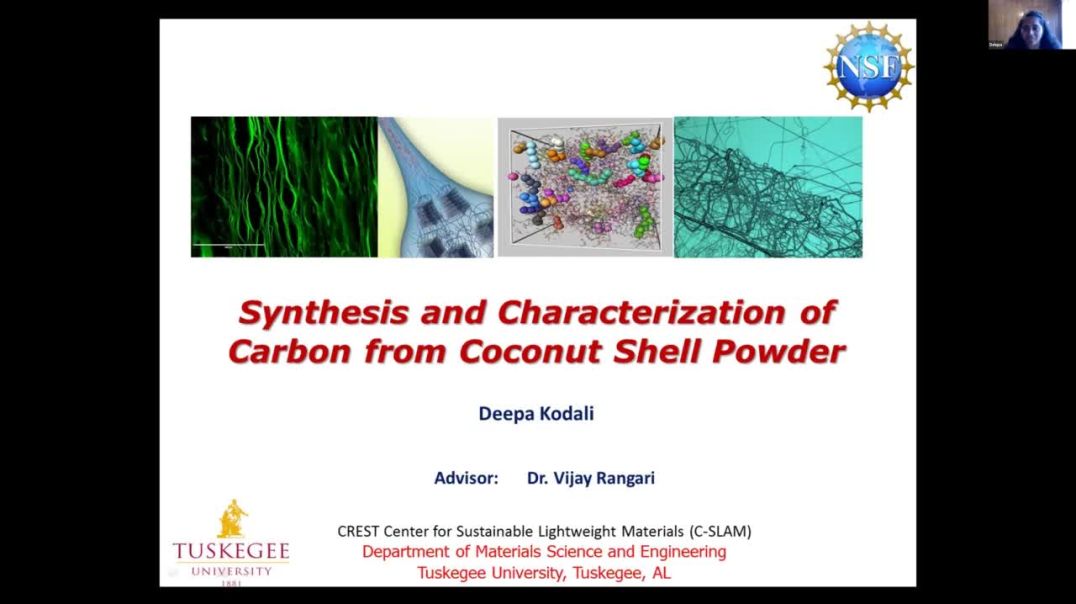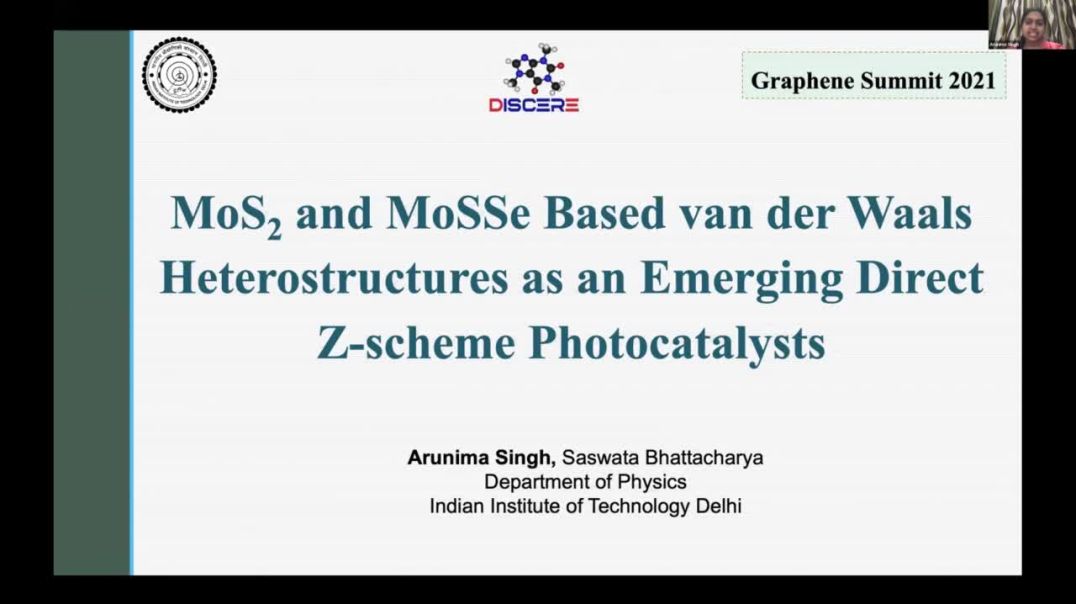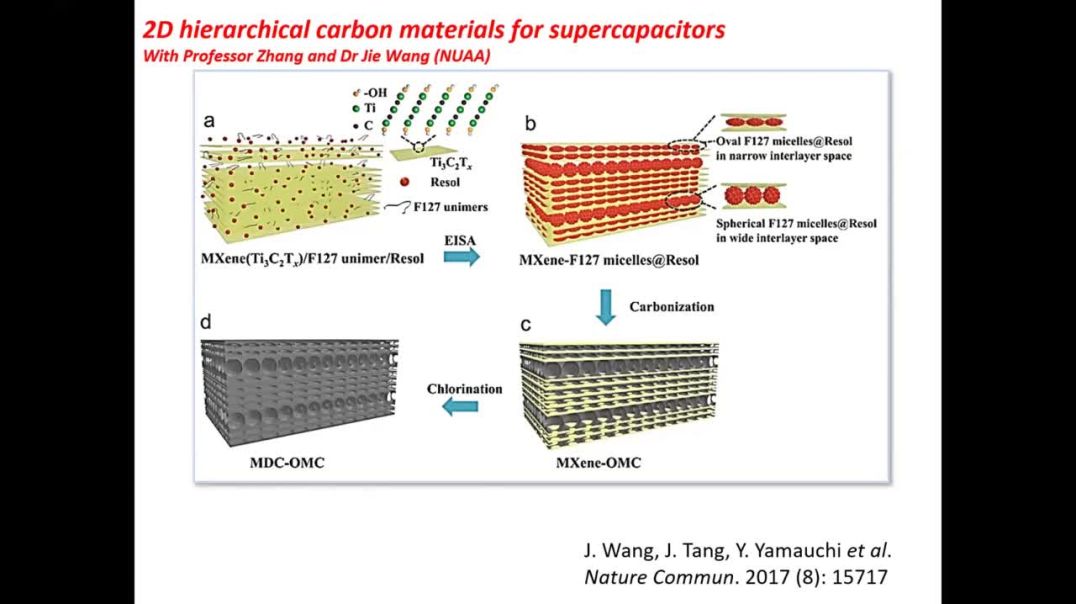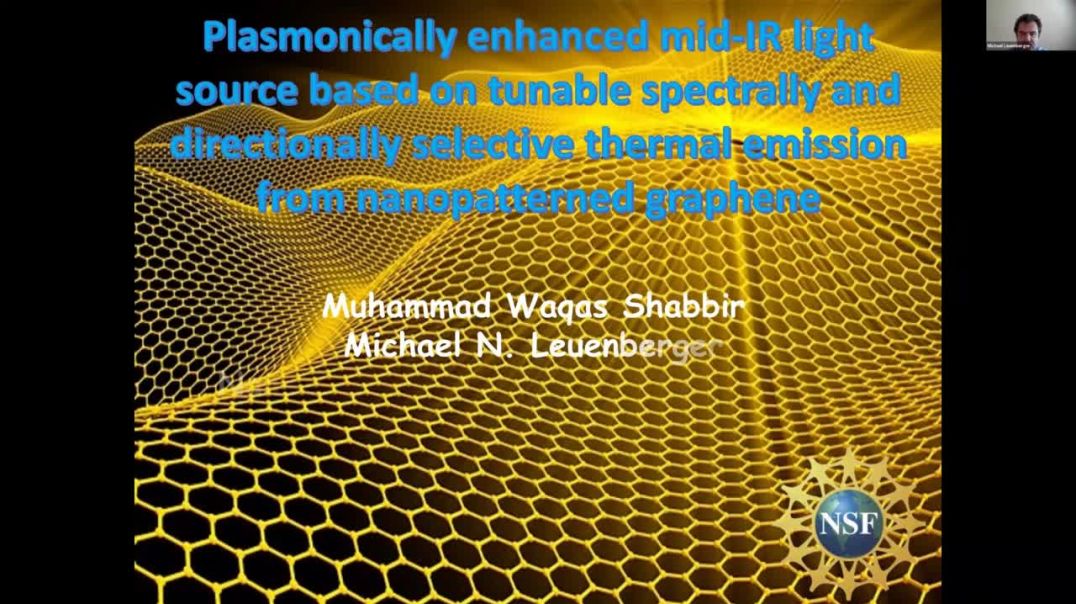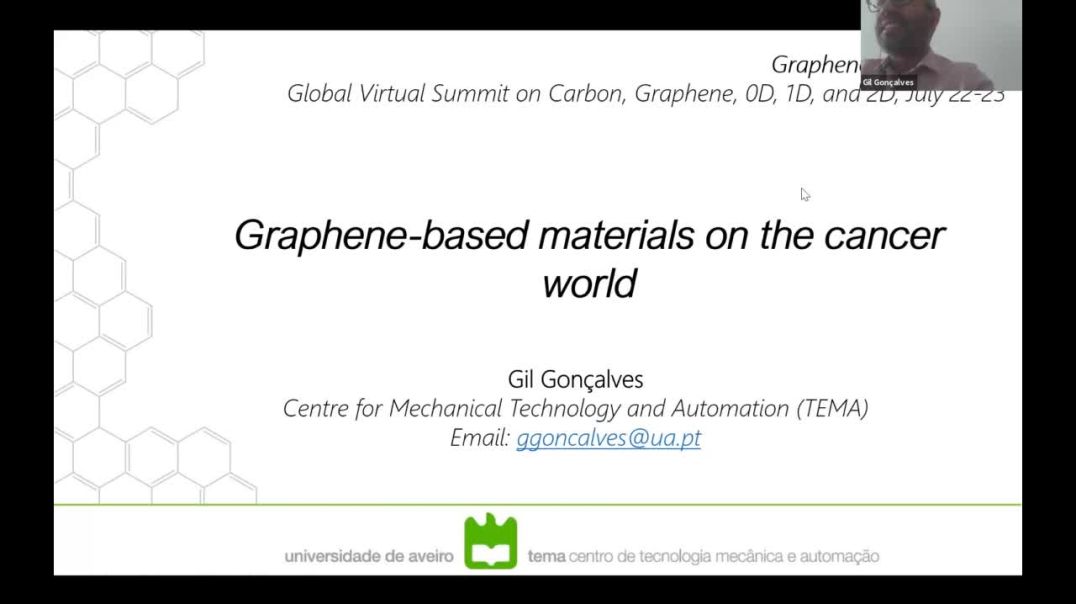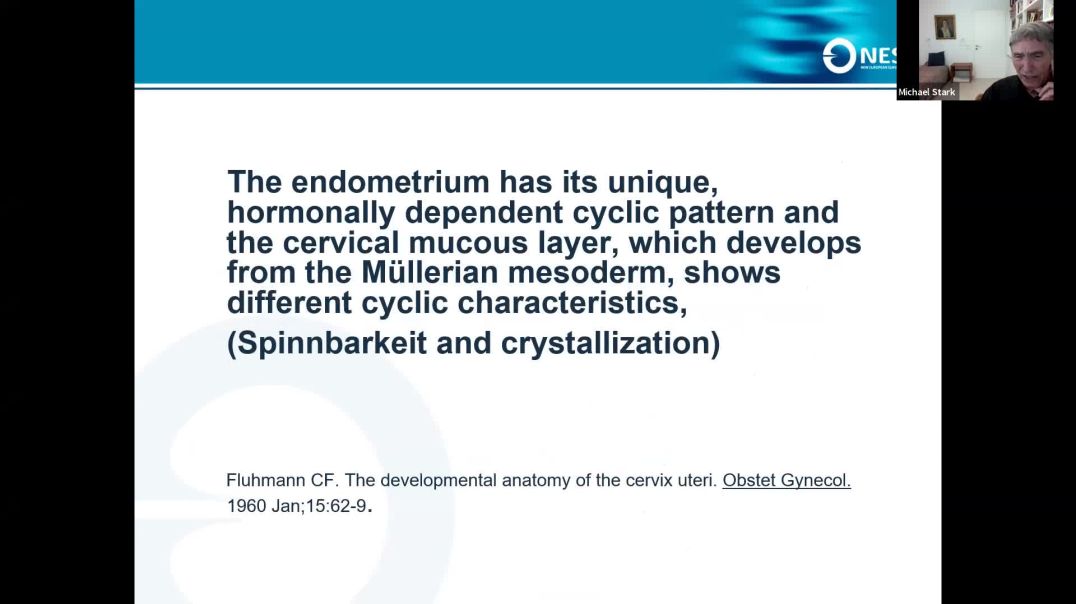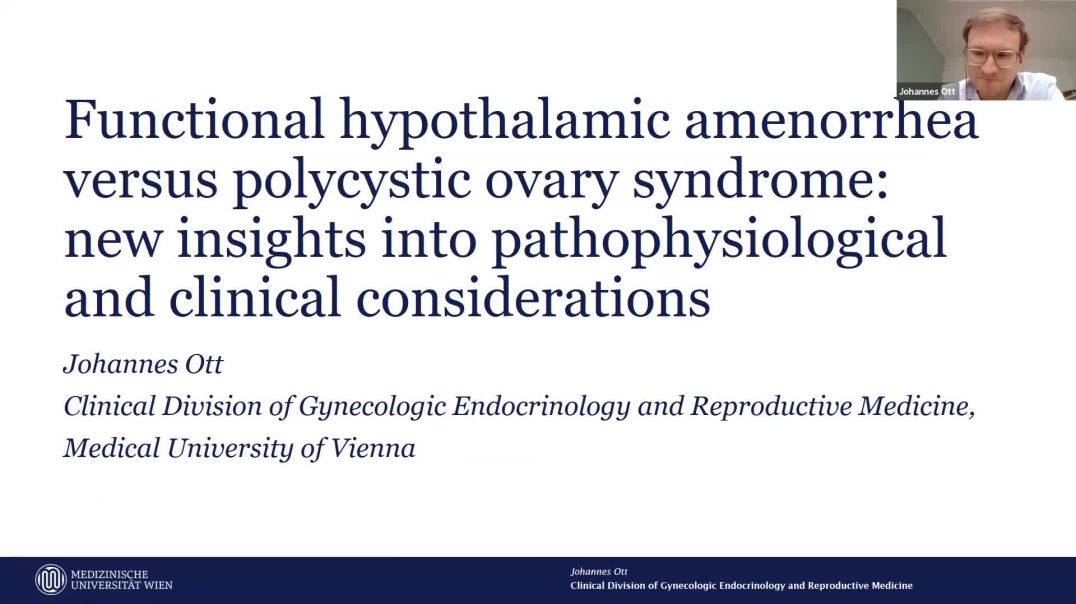Design and Characterization of Functional Materials Based on Energy | Bunsho Ohtani
Summary :
How can we design functional solid materials, such as catalysts and photocatalysts? What is the decisive structural parameters controlling their activities, performance or properties? What is obtained as structural properties by popular conventional analytical methods, such as X-ray diffraction (XRD) or nitrogen-adsorption measurement, is limited to bulk crystalline structure and specific surface area, i.e., no structural characterization on amorphous phases, if present, and surface structure has been made so far. This is because there have been no macroscopic analytical methods to give surface structural information including possiblypresent amorphous phases. Recently, we have developed reversed double-beam photoacoustic spectroscopy (RDB-PAS) which enables measure energy-resolved distribution of electron traps (ERDT) for semiconducting materials such as metal oxides [1,2]. Those detected electron traps (ETs) seem to be predominantly located on the surface for almost all the metal oxide particles, and therefore they reflect macroscopic surface structure, including amorphous phases, in ERDT patterns. Using an ERDT pattern with the data of CB bottom position (CBB), i.e., an ERDT/ CBB pattern, it has been shown that metal oxide powders, and the other semiconducting materials such as carbon nitride, can be identified without using the other analytical data such as XRD patterns or specific surface area, and similarity/ differentness of a pair of metal-oxide samples can be quantitatively evaluated as degree of coincidence of ERDT/CBB patterns.
About Author :
The research work on photocatalysis by Professor Bunsho Ohtani started in 1981 when he was a Ph. D. course student in Kyoto University. Since then, he has been studying photocatalysis and related topics for 40 years and published more than 300 original papers (h-index: 70) and two single-author books. After gaining his Ph. D. degree from Kyoto University in 1985, he became an assistant professor in the university. In 1996, he was promoted to an associate professor in Graduate School of Science, Hokkaido University and was then awarded a full professor position in the Catalysis Research Center (presently Institute for Catalysis), Hokkaido University in 1998 and retired at the end of March 2022. He was awarded several times form the societies related to chemistry, photochemistry, electrochemistry and catalysis chemistry.

